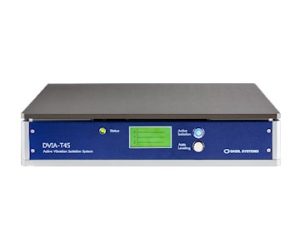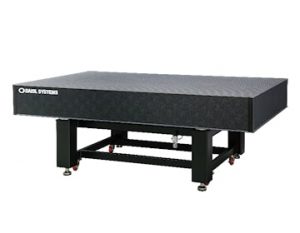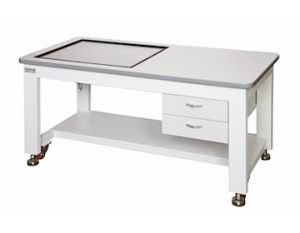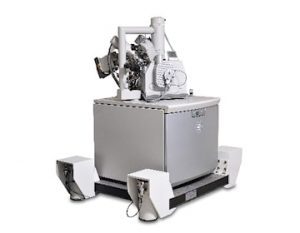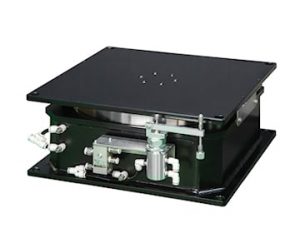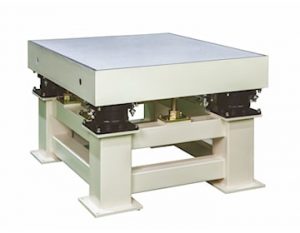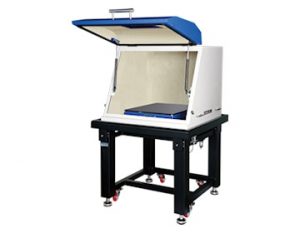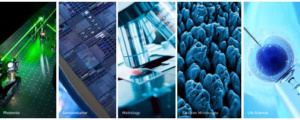Active Vibration Isolation System
Active Vibration Isolation System
Active vibration isolation systems consist of a spring, feedback, and feed-forward control algorithm with vibration sensors and actuators. e feedback control algorithm uses sensors that continuously measure disturbance originating from a payload, and sends signals to the actuators to cancel out that disturbance. At the same time, the feed-forward control system uses measurements of external vibration for controller input, remarkably reducing floor vibration.
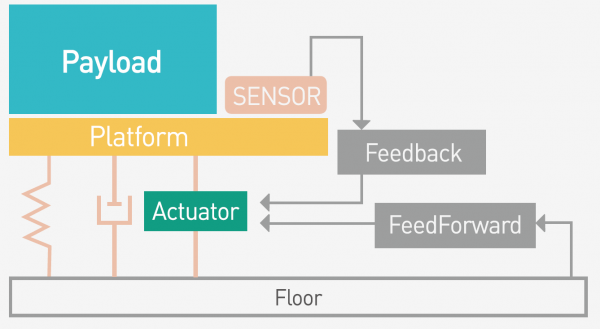
Active Vibration Isolation in Low Frequency
The passive vibration isolation system generally has its natural frequency 1.5 Hz to 10 Hz, allowing floor vibration transmitted and amplified in the low frequency range.
The active vibration isolation system overcomes the passive vibration isolation system’s weakness by lowering the natural frequency of the system down to the sub-hertz. Thus, the active vibration isolation systems do not suffer from resonance, effectively reducing the low frequency vibration. Our active vibration isolation systems starts to reduce vibration from 0.5 Hz, achieving 90% vibration isolation at 2 Hz.
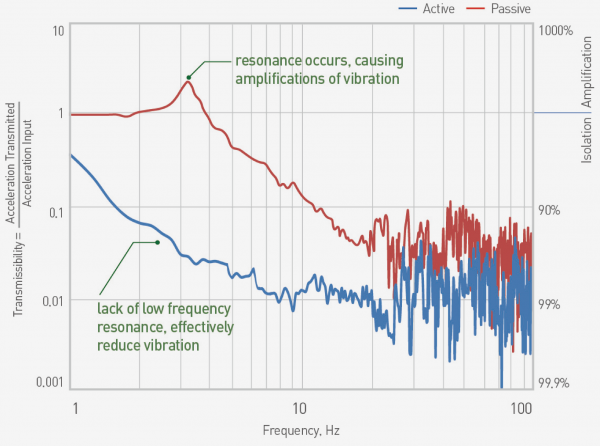
Feedback & Feed-Forward Vibration Control Algorithms
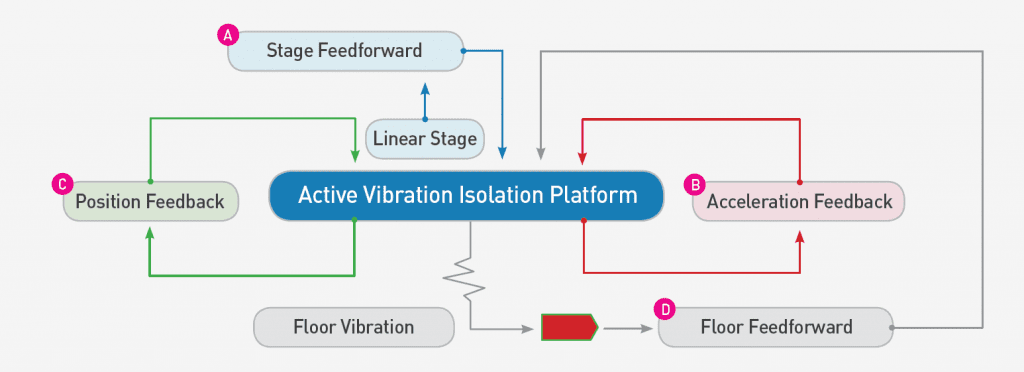
A Stage Feed-Forward
If the isolation system has information about motorized linear stages in advance, the system can produce the force that equal in size to the force from dynamic linear stage motions in the opposite direction. As a result, the external force caused by the motorized linear stage is effectively minimized.
B Acceleration Feedback
This feedback control system employs sensors and actuators to continuously detect vibrations which disturb the isolated payload, then reacts to minimize vibrations. The acceleration feedback system not only reduces from the floor but also effectively minimizes vibrations from the motorized linear stages.
C Position Feedback
When the isolated base is disturbed by vibrations, the position feedback measures displacement through position sensors that transmit signals into the digital controller. After receiving the signals from the sensors, the digital controller drives actuators to return its original position, improving the position accuracy.
D Floor Feed-Forward
The floor feed-forward system filters the floor vibrations in a predefined way. The feed-forward control system is utilized when there are known factors such as a force applied to the isolated base, the data of ambient vibrations and information about equipment that needs to be isolated. Unlike the feedback control system, the feed-forward system analyzes dynamic characteristics of the equipment and tunes the feed-forward gains by the trial and error method to operate the actuators.
Six Degrees of Freedom
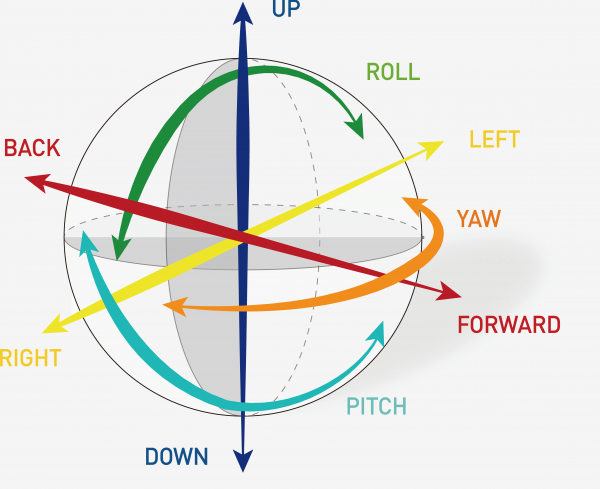

DVIA-T Series
Tabletop Active Vibration Isolation System
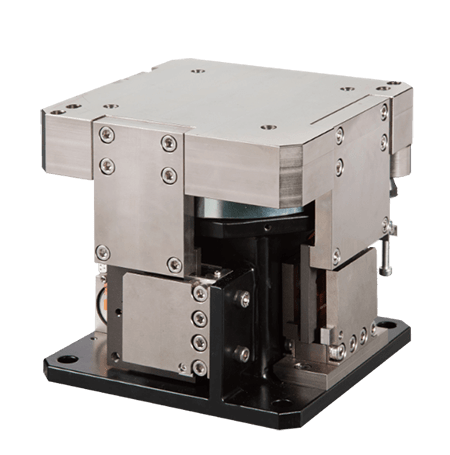
DVIA-M Series
Built-In Active Vibration Isolation System for Nanoscale Imaging
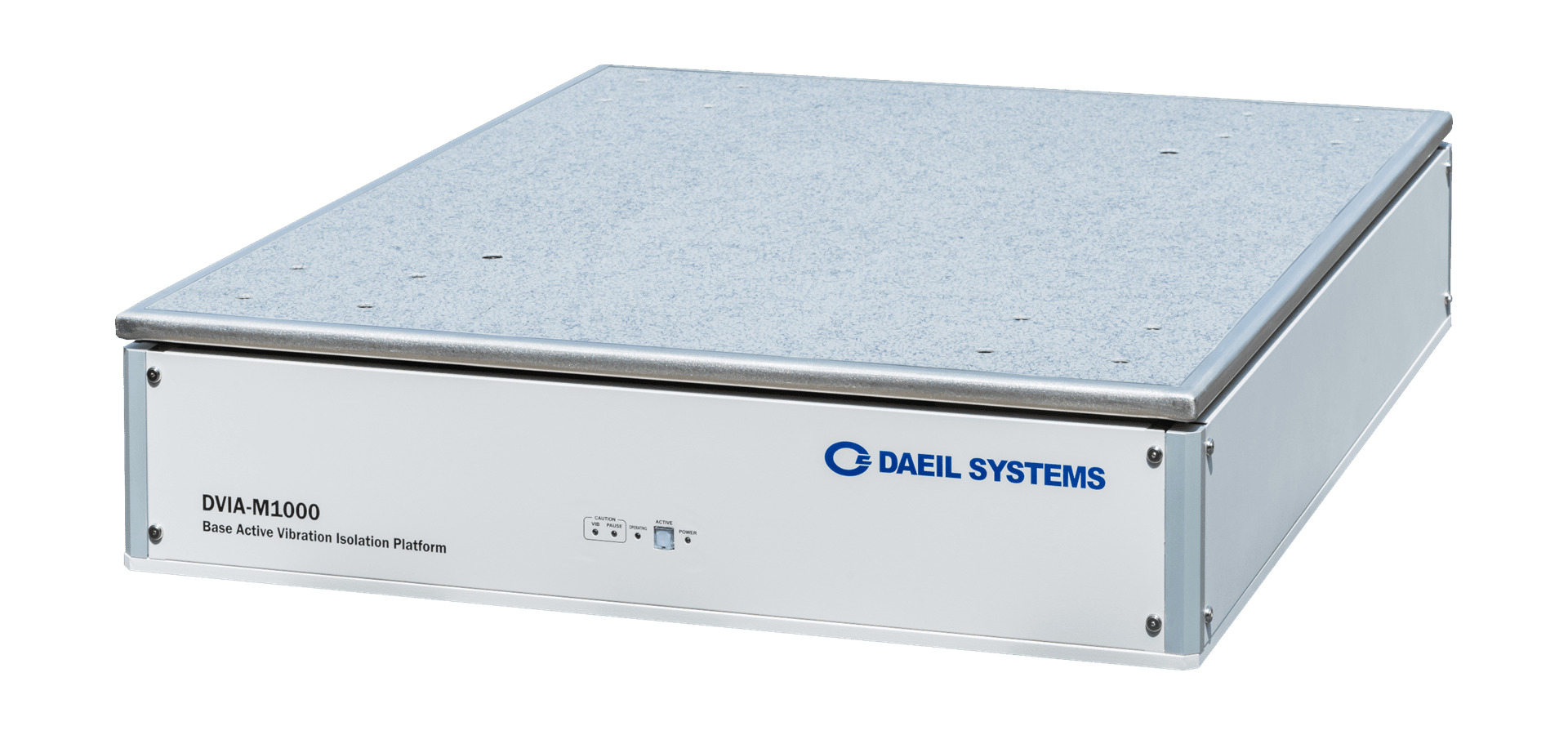
DVIA-MB Series
Base Active Vibration Isolation Platform
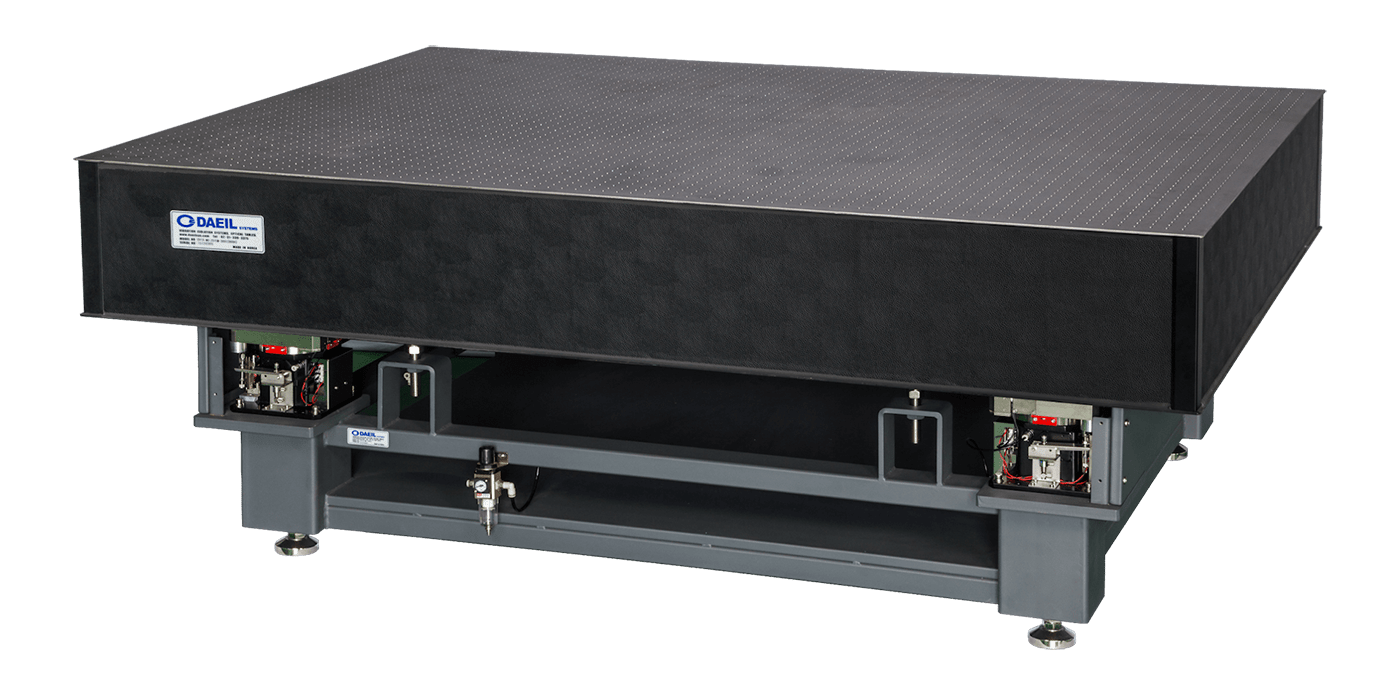
DVIA-MO Series
Active Vibration Isolation
Optical Table
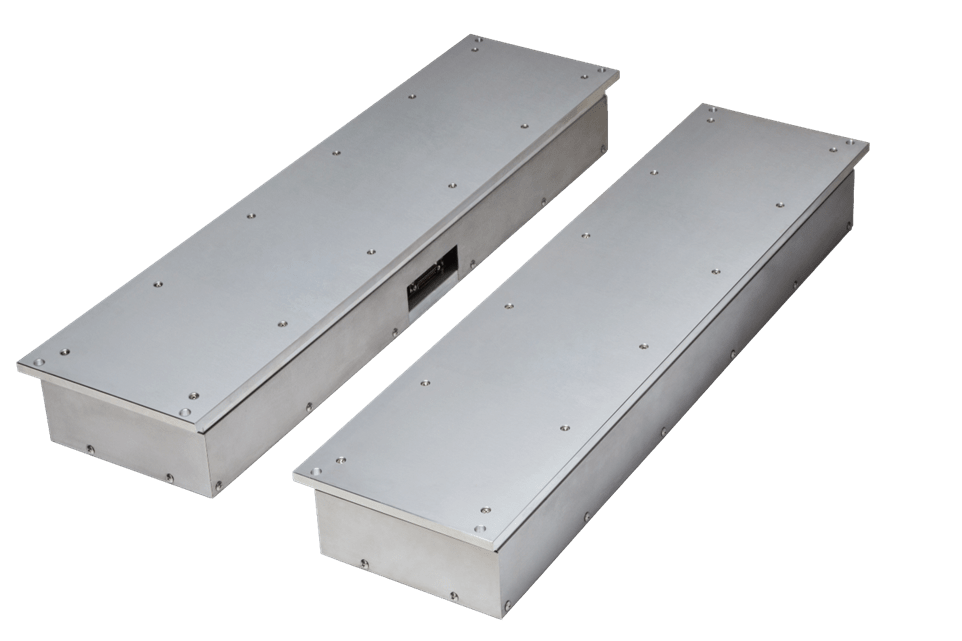
DVIA-U Series
Modular Active Vibration Isolation Platform
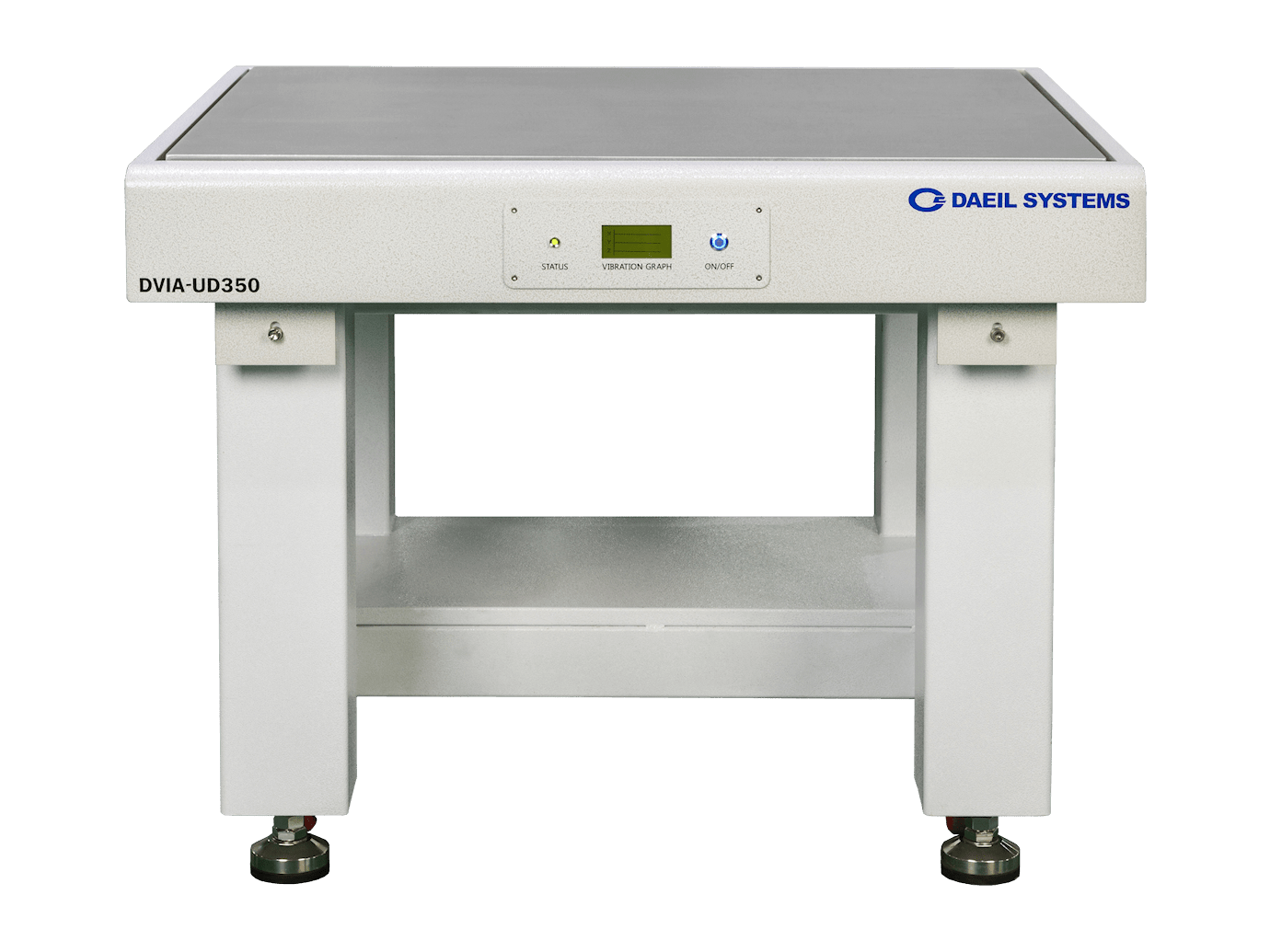
DVIA-UD Series
Desk Active Vibration Isolation
Platform
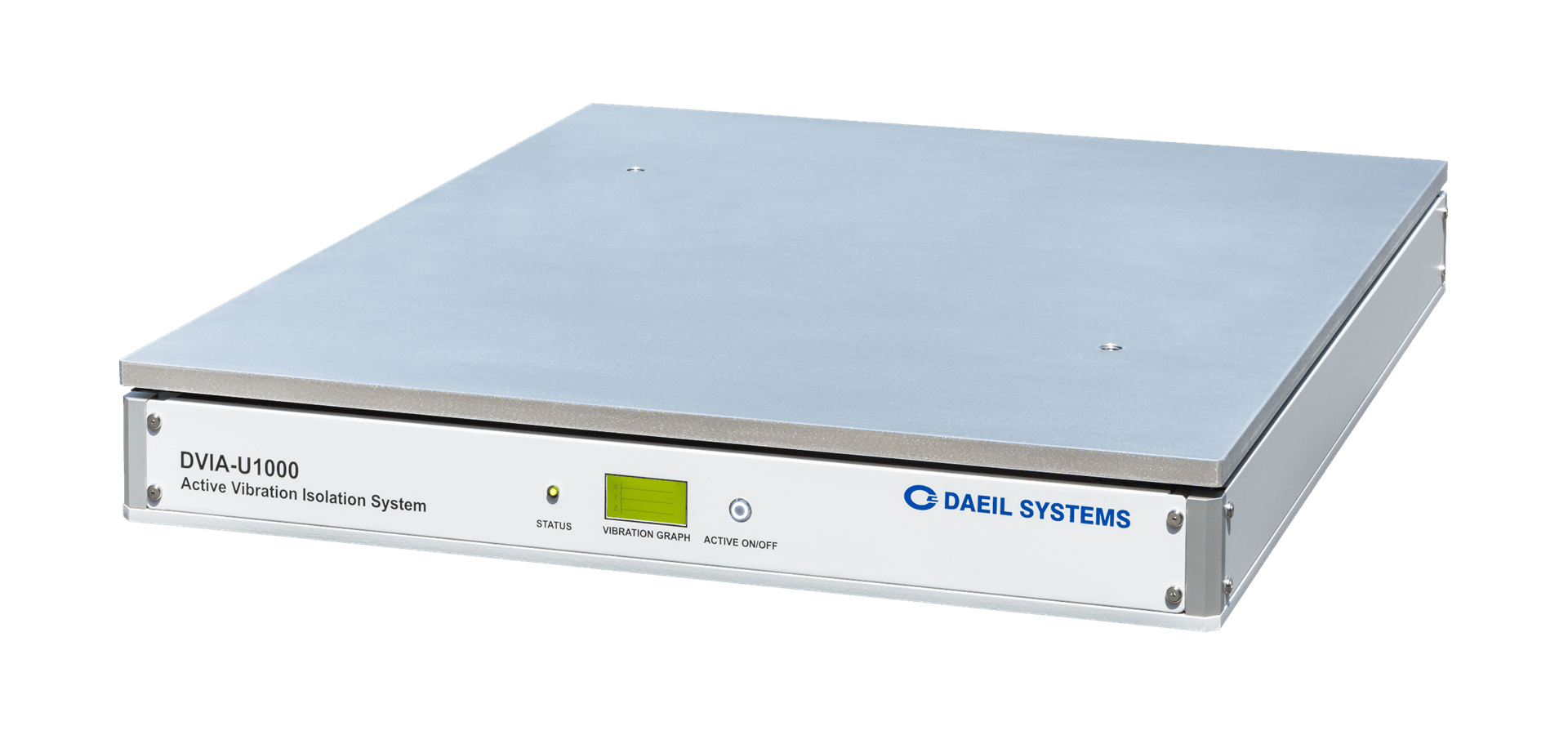
DVIA-UB Series
Base Active Isolation
Platform
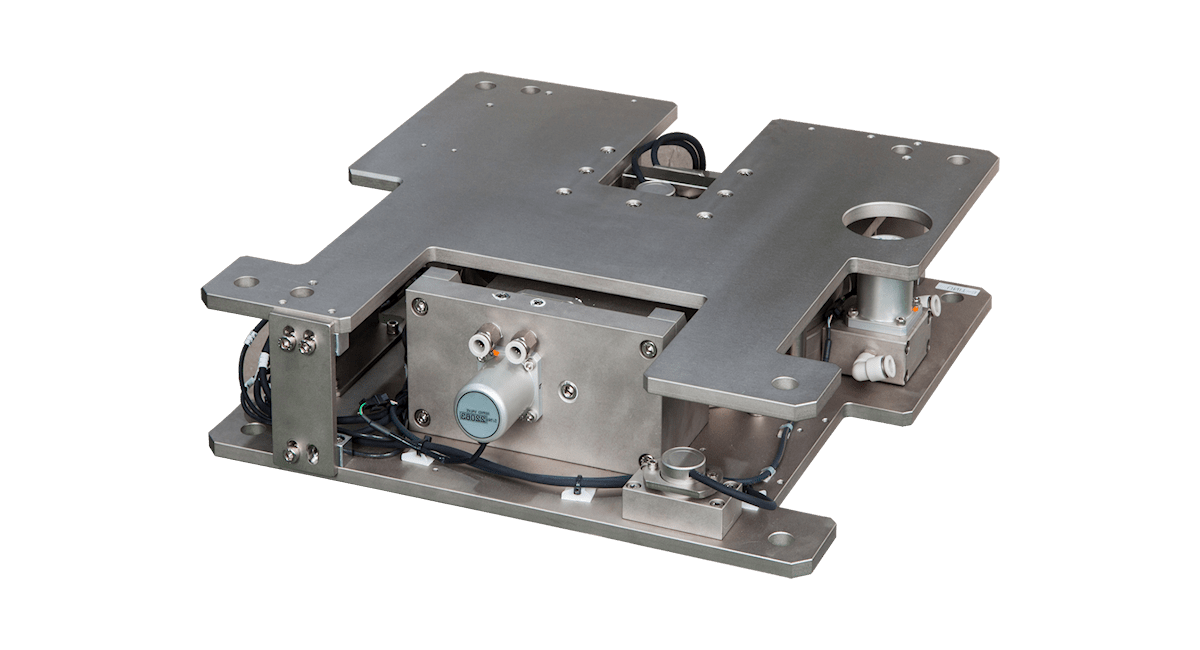
DVIA-P Series
Active Pneumatic Vibration Isolation System

